Conflict of equality and equity between creditors
🔹 Conflict Between Equality and Equity Among Creditors
What Does It Mean?
In insolvency or debt recovery, the principle of equality among creditors means all creditors of the same class should be treated equally and paid pari passu (on equal footing).
The principle of equity, on the other hand, recognizes that different circumstances may justify differential treatment to achieve a just outcome.
These two principles often conflict because:
Equality demands uniform treatment regardless of individual creditor's circumstances.
Equity demands fairness based on the merits of each creditor's claim, priority, or conduct.
🔹 Legal Principles Involved
1. Principle of Equality
Foundational in insolvency law.
Creditors of the same rank/share class are paid proportionately.
Example: If assets are insufficient, all unsecured creditors receive pro-rata payment.
2. Principle of Equity
Courts may apply equitable principles to avoid injustice.
May give preference or priority to certain creditors (secured creditors, workmen wages, government dues).
May deny claims of creditors involved in fraud or mala fide conduct.
🔹 Conflict Illustrated in Insolvency
In corporate insolvency, the Insolvency and Bankruptcy Code (IBC), 2016, tries to balance equality and equity.
While IBC promotes creditors' committee decisions based on majority voting (democracy among creditors), it also protects interests of minority creditors.
The challenge arises in deciding who gets paid first and how much, especially when some creditors may have colluded or committed fraud.
🔹 Relevant Case Law
1. B.K. Educational Services Pvt. Ltd. v. Parag Gupta & Associates (2018) 2 SCC 24
Supreme Court held that the IBC must be implemented in a way that balances the principle of equality among creditors and equity to prevent injustice.
The Court recognized that strict equality should not result in injustice to genuine creditors.
2. Swiss Ribbons Pvt. Ltd. & Anr. v. Union of India (2019) 4 SCC 17
The Court upheld the constitutional validity of IBC.
It emphasized that the Code's provisions try to balance creditor democracy (equality) with fairness and equitable treatment.
The Committee of Creditors (CoC) must act fairly to balance competing interests.
3. Innoventive Industries Ltd. v. ICICI Bank (2018) 1 SCC 407
The Supreme Court emphasized that insolvency is about maximizing value for all stakeholders.
Equal treatment of creditors is essential, but equitable principles apply if any creditor tries to abuse process.
4. M.C. Chockalingam v. Union of India AIR 1962 SC 1809
In the context of bankruptcy laws pre-IBC, the Court held that absolute equality is not always possible, and the court has to do what is equitable and just given circumstances.
🔹 Practical Implications
| Principle | Explanation | Application |
|---|---|---|
| Equality | Creditors of same class paid proportionally | All unsecured creditors paid pro-rata |
| Equity | Allows preferential treatment or exclusion | Secured creditors paid first; fraudulent creditors can be excluded |
| Conflict | Equality may hurt legitimate claims; equity may disrupt pari passu | Courts balance these in insolvency proceedings |
🔹 Summary Table
| Aspect | Equality | Equity | Conflict Resolution |
|---|---|---|---|
| Basis | Uniform treatment of similar creditors | Fair treatment based on circumstances | Courts balance the two principles |
| Examples | Pro-rata distribution to unsecured creditors | Priority to secured creditors, wage claims | Judicial discretion to prevent injustice |
| Legal Backing | Insolvency and Bankruptcy Code, 2016 | Equity jurisprudence, case law | Supreme Court judgments (B.K. Educational Services, Swiss Ribbons) |
| Challenge | May ignore special circumstances | May disrupt creditor equality | Courts apply a flexible approach |


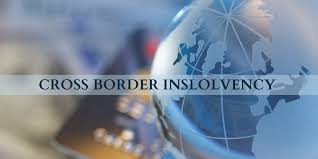











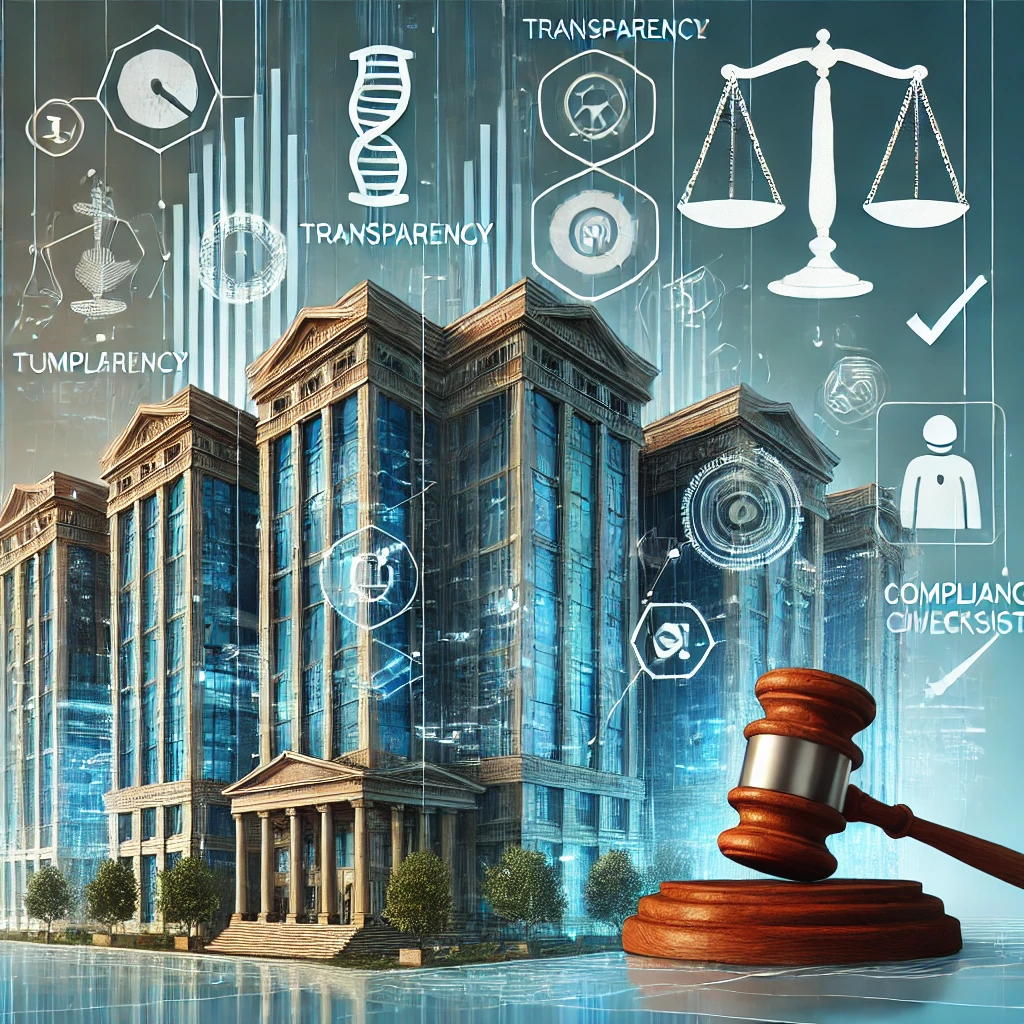
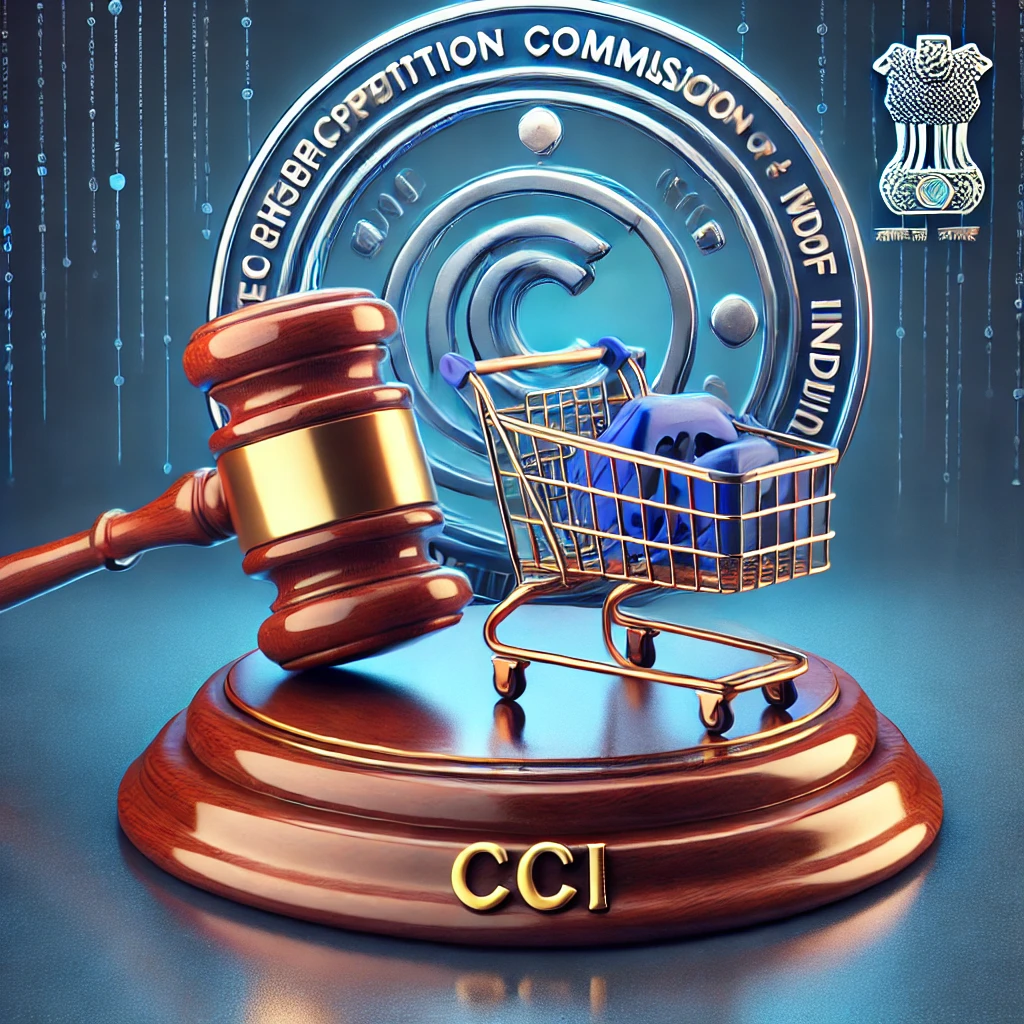


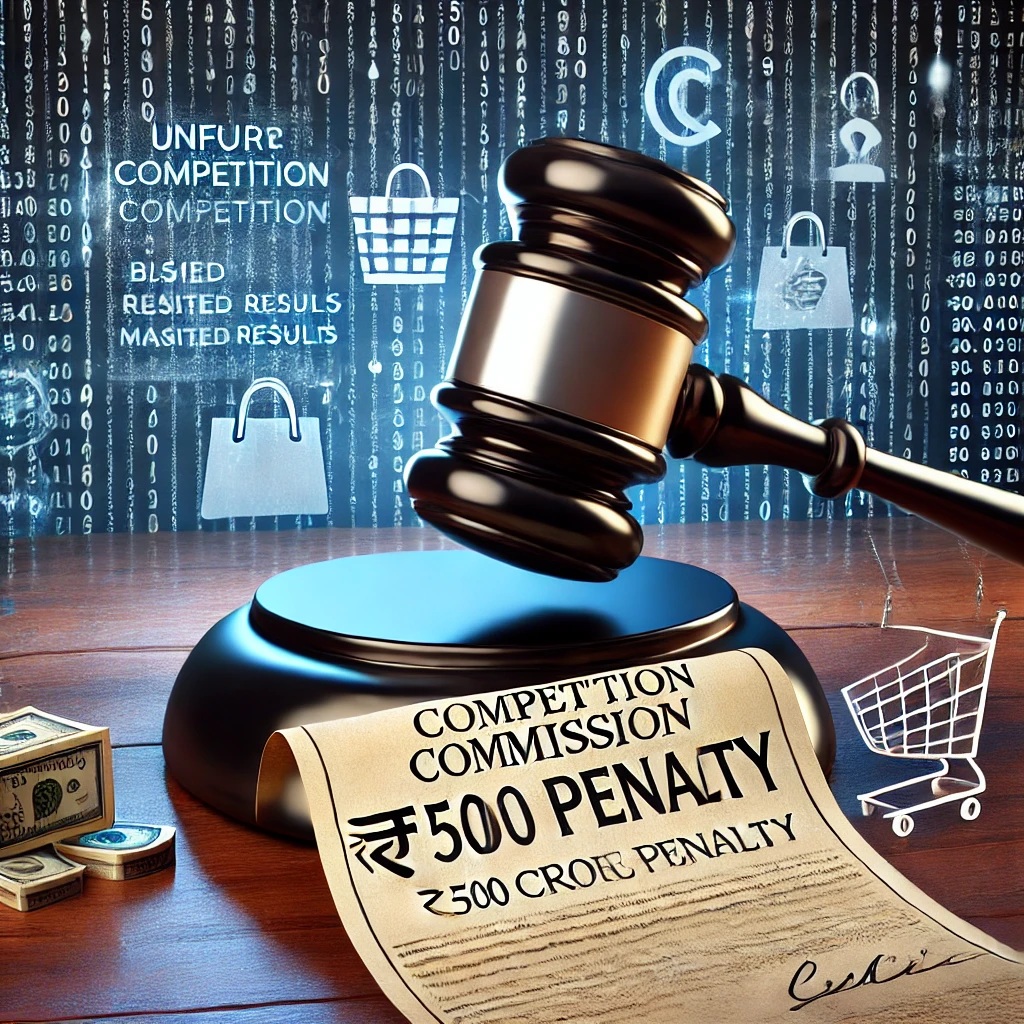


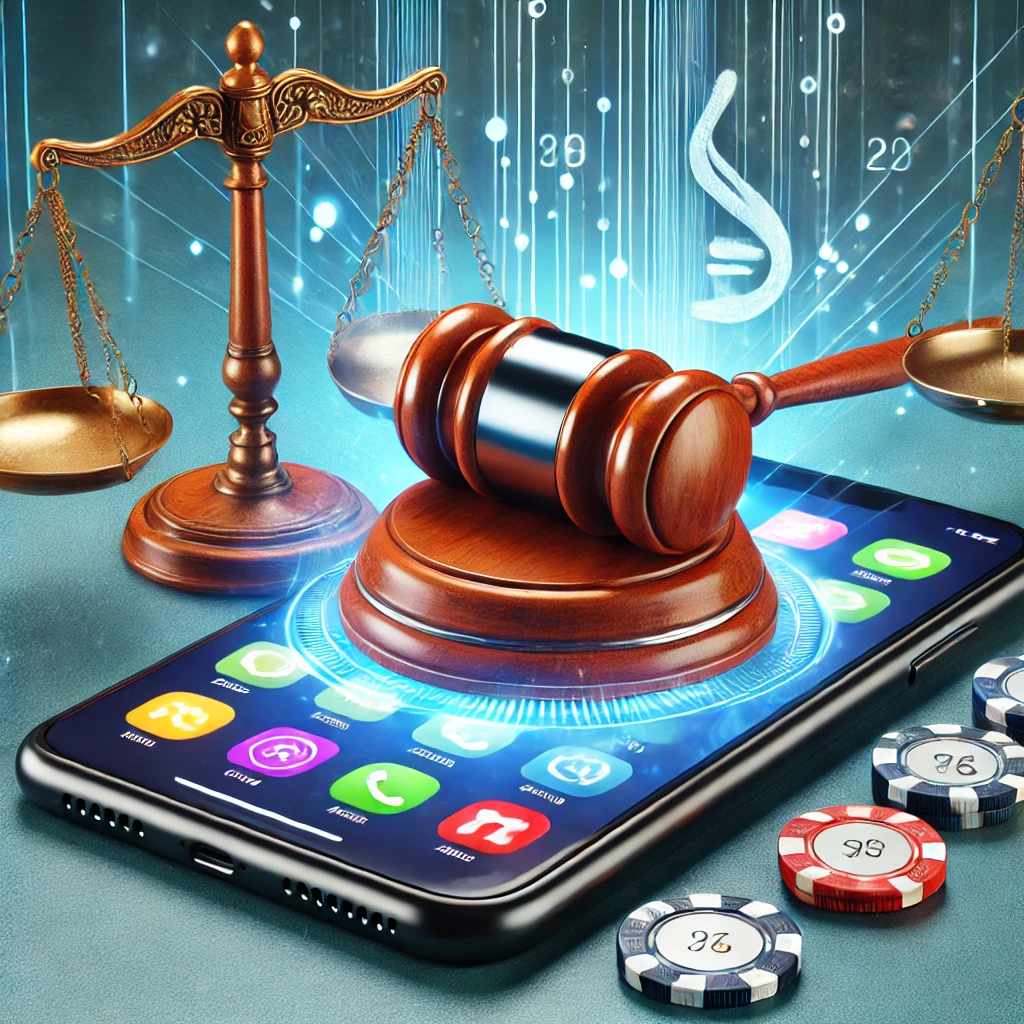
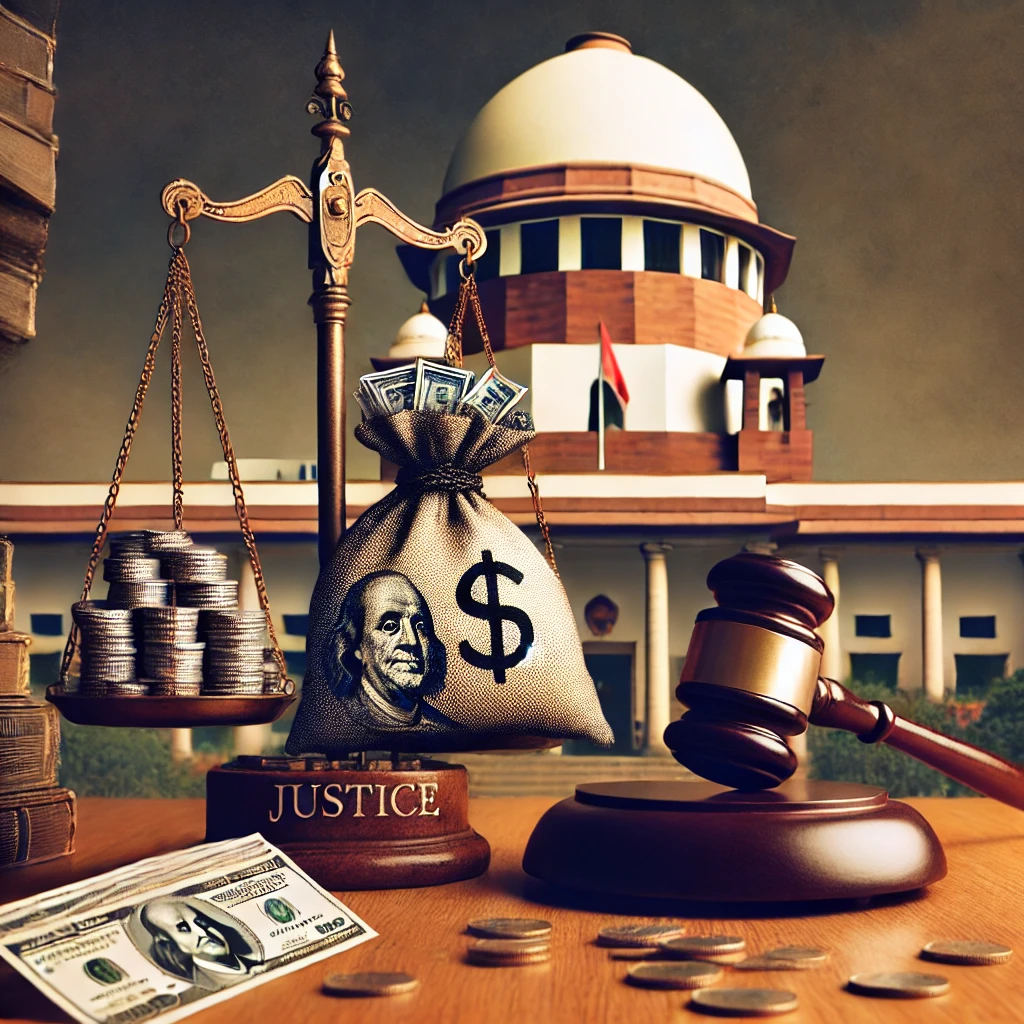
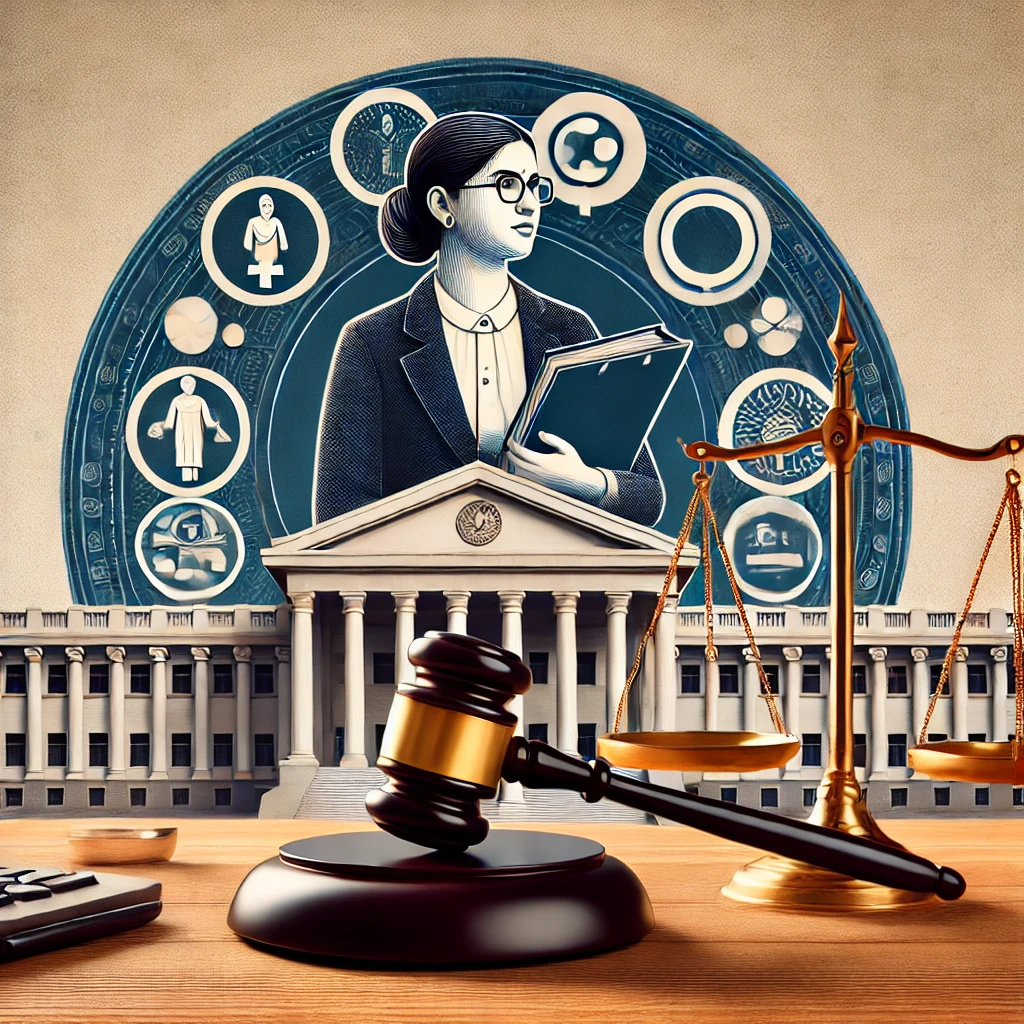
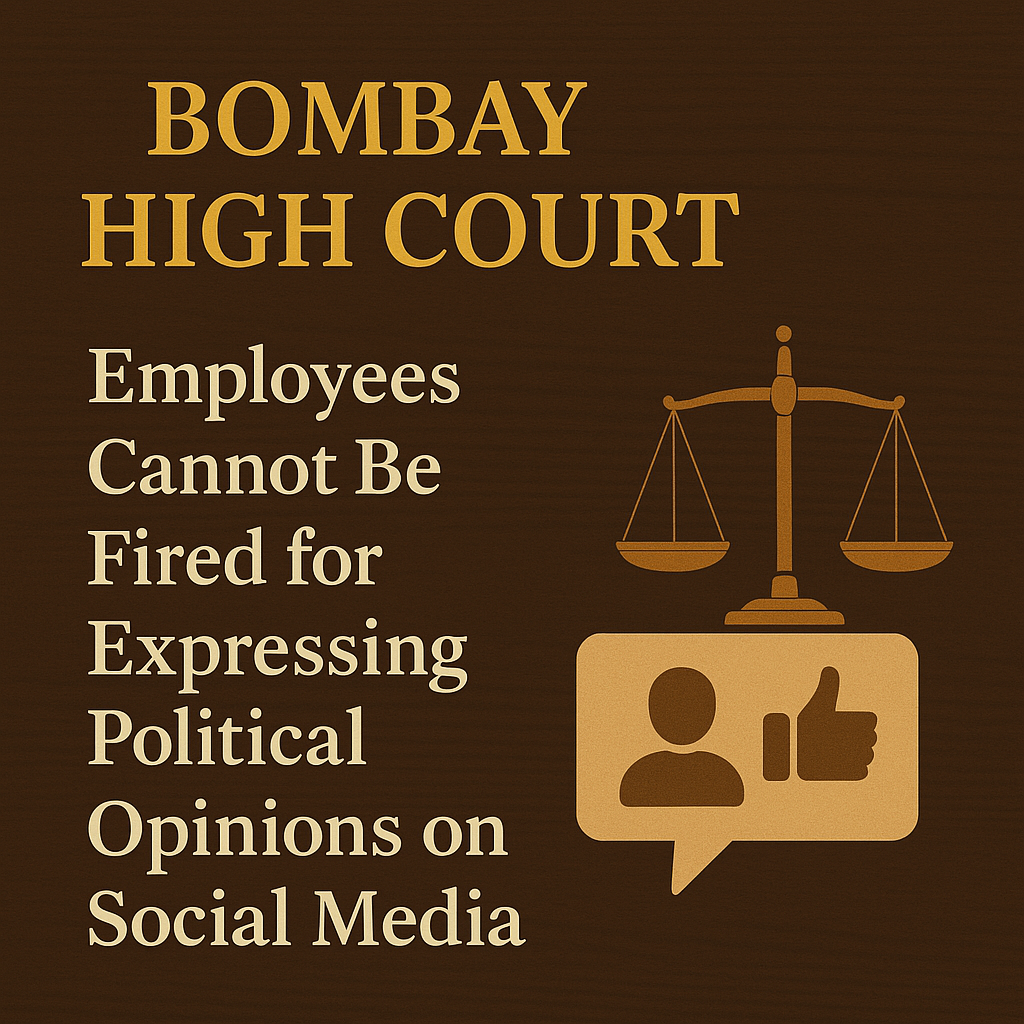


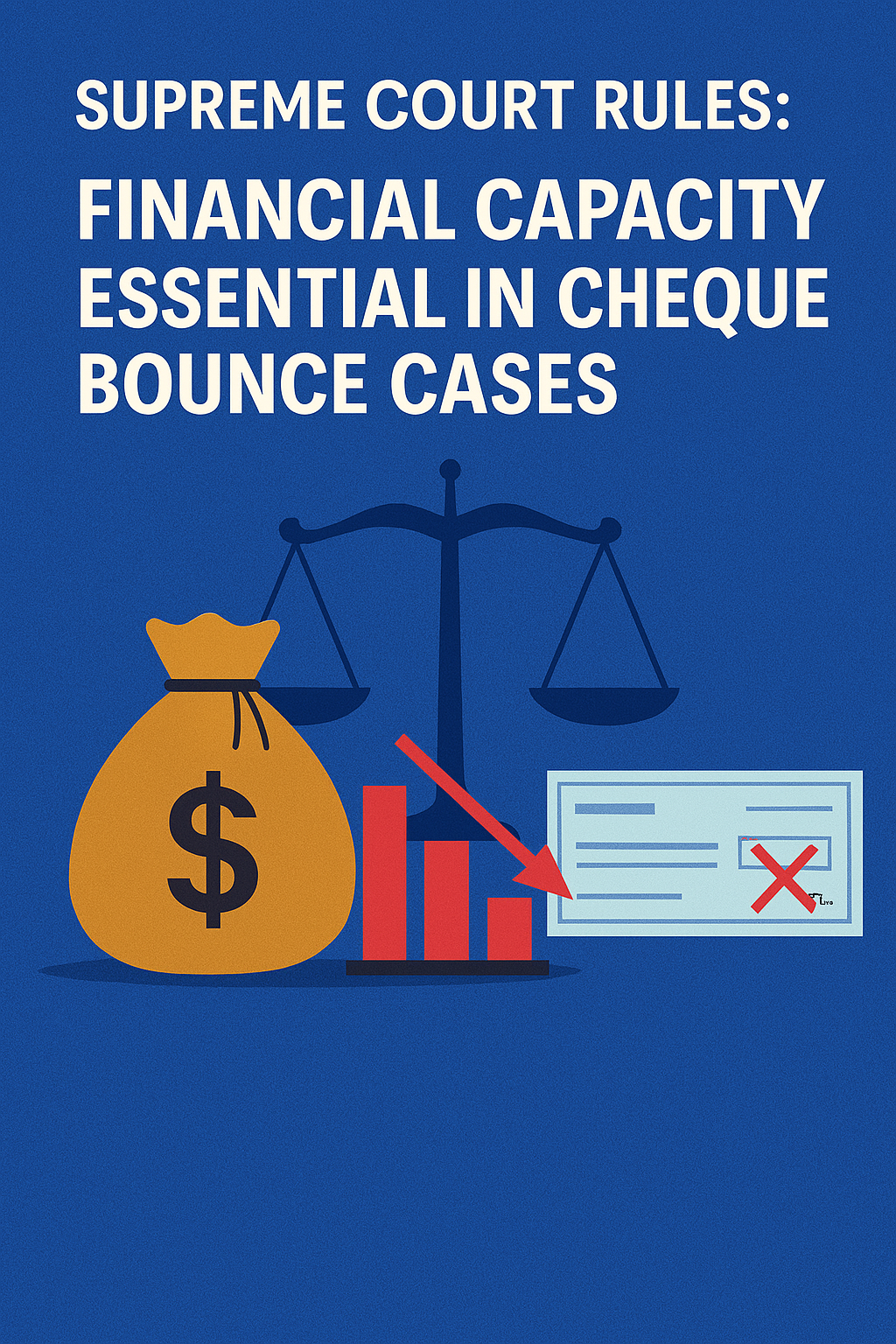
0 comments